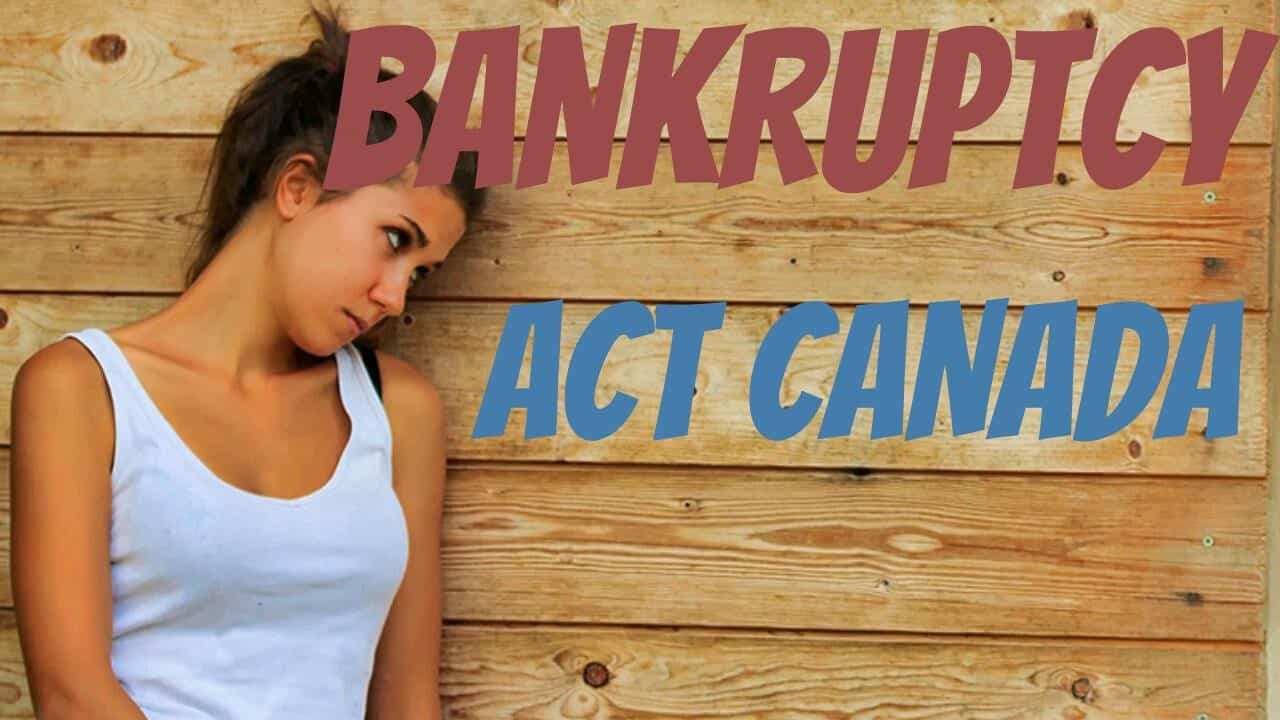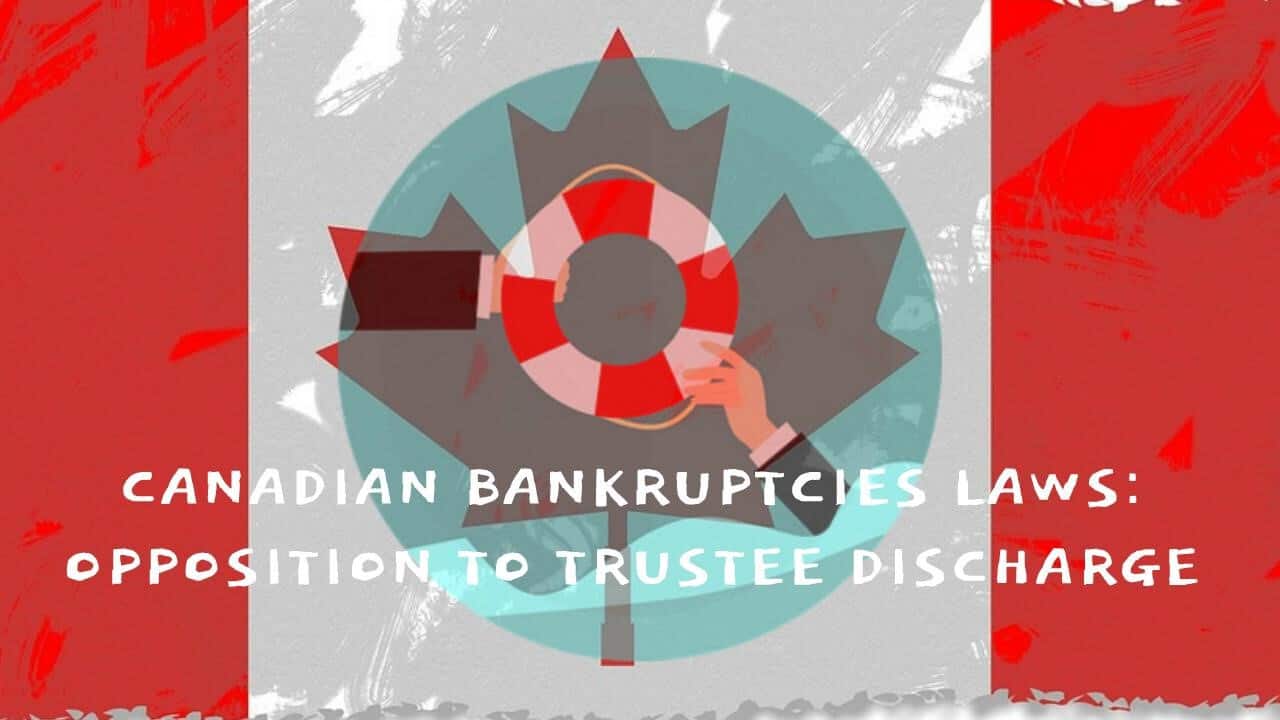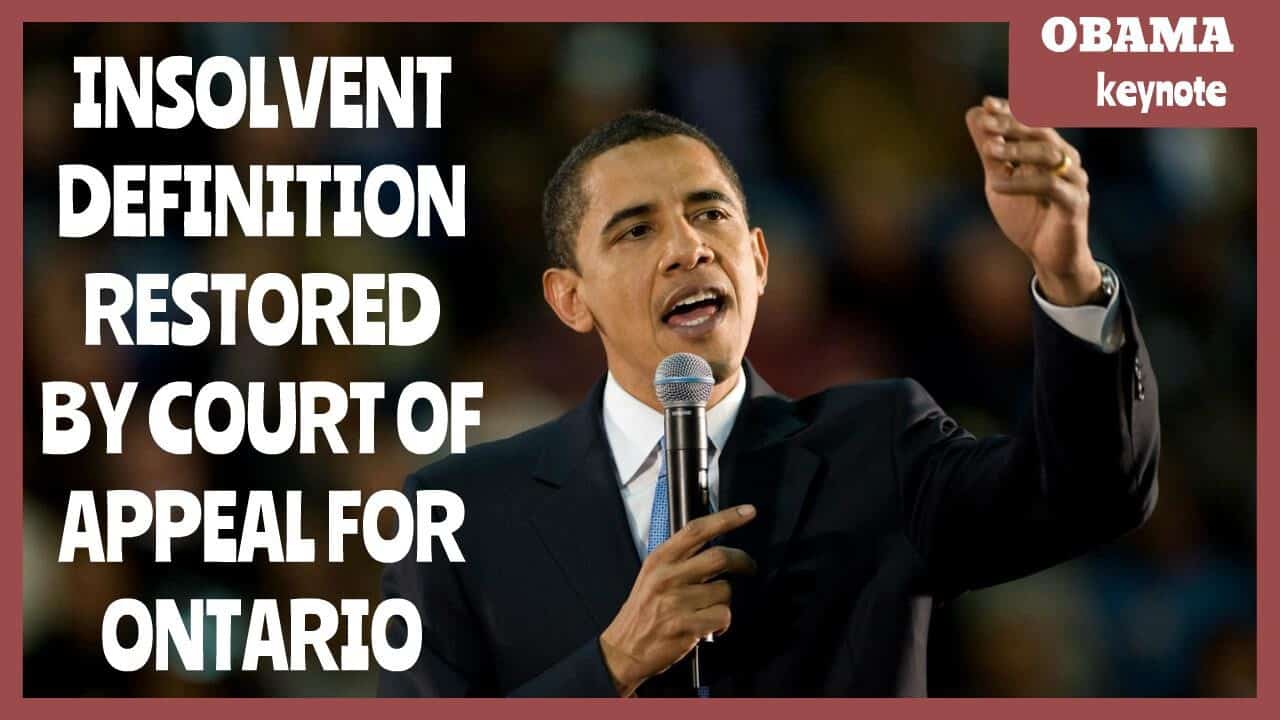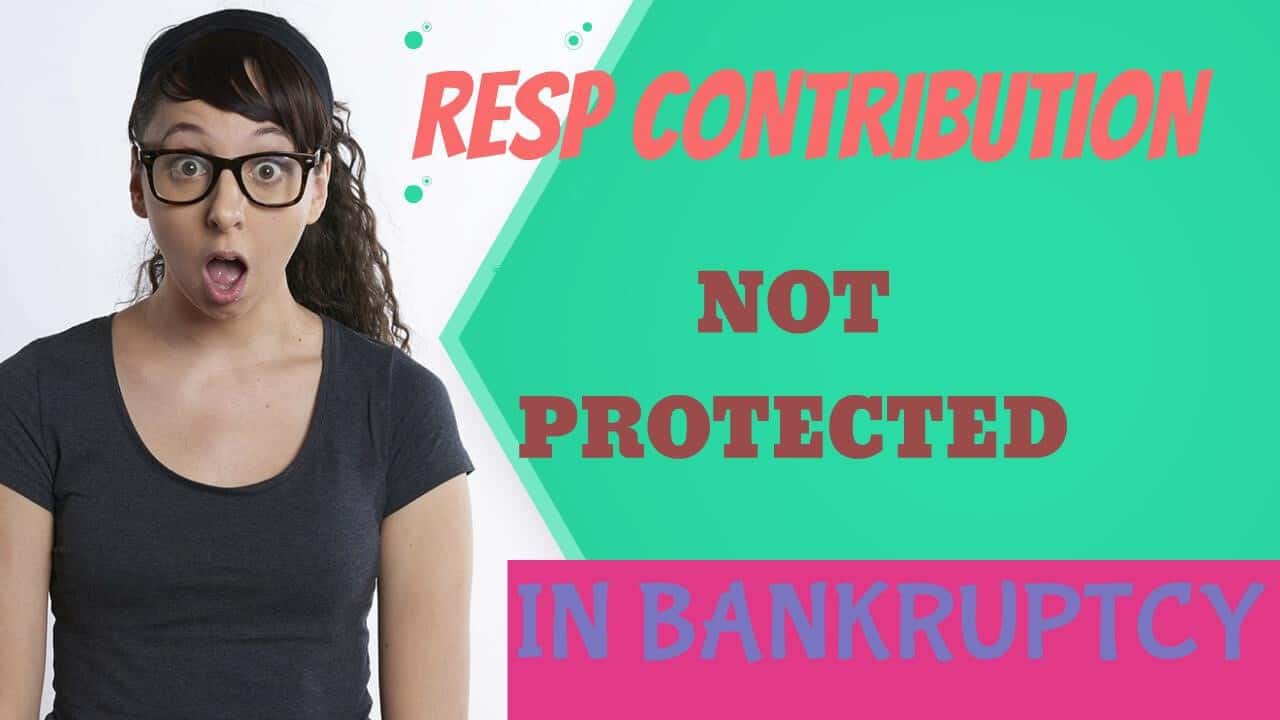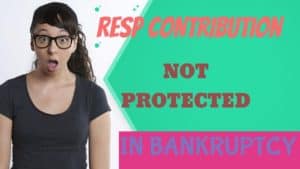Introduction
No person wishes to go make a filing under the Bankruptcy and Insolvency Act (R.S.C., 1985, c. B-3) (Bankruptcy Act Canada), however occasionally it is inevitable. You might think that people who file are just those that are careless with their finances. However, with most of the people I see, it is usually an event outside of their control that pushes them over the edge.
In personal bankruptcy, things such as illness, divorce, job loss, unanticipated catastrophes, identity theft and fraud are many times the causes of insolvency. Of course, lack of proper budgeting, overspending and inappropriate uses of credit are also involved. In corporate insolvency, the #1 cause always seems to track back to management.
Insolvency filings happen every year. In 2018, a total amount of 128,846 insolvency filings were made with the Office of the Superintendent of Bankruptcy (OSB). This is 2.4% more from 2017. Consumer insolvency filings increased 2.5% (125,266 filings), while company filings dropped 0.8% to 3,580.
At the very same time, people choosing to avoid bankruptcy by filing a proposal continued increasing in 2018, bringing this number to a brand-new level. Proposals represented 52.6% of consumer filings in 2017. In 2018, they expanded by 6.6% to 56% of all personal filings.
Are you considering a Bankruptcy Act Canada filing, or at least speaking to a Licensed Insolvency Trustee (formerly called a trustee in bankruptcy) (Trustee)? In order to help you start your fact-finding, I want to tell you what will happen to your bank accounts, retirement accounts and your other important financial funds. Understanding what to anticipate can assist you to stay clear of some pricey blunders.
Bankruptcy or (consumer) proposal
Being insolvent is that you are not able to settle your financial debts. People with severe financial problems can make Bankruptcy Act Canada filing by filing either for bankruptcy, a consumer proposal or Division I proposal.
Proposals are official methods controlled by the Bankruptcy Act Canada for personal filings. Dealing with a Trustee you make a proposal to:
- Pay your creditors a portion of what you owe them over a particular time period not going beyond 60 months
- Extend the time you need to settle the debt
- Or a mix of both
The Proposal is made via the Trustee, who uses the money in your proposal fund to pay the cost of administration and distribution to each of your creditors their pro-rata share. A consumer proposal needs to be finished within 5 years from the day of filing.
Proposal
People with severe financial problems can apply for bankruptcy. They can also try to avoid bankruptcy by using the Proposal provisions of the Bankruptcy Act Canada.
There are numerous advantages to avoiding bankruptcy. The main differences between proposals and bankruptcy are:
- Unlike informal debt settlement, a Proposal produces a binding discussion forum where each of your unsecured creditors has to participate in for your debt restructuring.
- You can keep your property, including your home, if you can afford to in your budget.
- Lawsuits against you and enforcement proceedings, such as wage garnishments, cannot begin or continue.
- In a successfully completed Proposal, you do not need to file for bankruptcy.
Keep in mind that financial institutions have “set-off” legal rights, implying that if you declare bankruptcy or file for bankruptcy when you’re behind in payments to them, they will take the funds in your accounts to try to cover all or some of what you owe them. This is notwithstanding that there is a stay of proceedings once a Bankruptcy Act Canada filing takes place and such an offset really should not take place.
So if you are thinking of filing either for bankruptcy or a proposal, I want you to be prepared for what might happen to your financial assets.
Your bank account
In a bankruptcy, the cash in your bank account is a property which must be paid over to the Trustee. Upon your filing, the Trustee will put all your banks on notice to provide the funds in any accounts maintained with them to the Trustee. As noted above, the bank may very well offset cash in your savings or chequing account against the money you may owe them, including credit card debt.
In a Proposal, you do not lose control of the money in your bank accounts. Rather, they are considered by the Trustee in formulating the type of Proposal you should offer your creditors. Remember, your Proposal must offer your creditors a better alternative than your bankruptcy would. However, even though there is a stay of proceedings invoked once you file your Proposal, it is not uncommon for a bank where you maintain an account and to whom you owe money, to take the money in your account and offset it against what you owe them.
So the moral of this story is that you are best to have bank accounts at financial institutions to whom you do not owe any money.
Registered Retirement Savings Plan (RRSP), Registered Retirement Income Fund (RRIF) or Deferred Profit Sharing Plan (DPSP)
In a bankruptcy, your RRSP, RRIF or DPSP are excluded from seizure. However, the Trustee is entitled under the Bankruptcy Act Canada to receive the equivalent to any amounts contributed to these accounts in the 12 months preceding your filing date. In a Proposal, this 12-month amount must be included by the Trustee in the calculation of what amount your Proposal should offer your creditors.
Canada Pension Plan (CPP) and Old Age Security income (OAS)
Canada Revenue Agency (CRA) is the only one permitted to garnish your CPP earnings if you have an unpaid personal income tax. By filing either for bankruptcy or a Proposal, the stay of proceedings will be invoked and CRA will have to stop the garnishment of your CPP and you will get the CPP payments you are qualified for.
However, the earnings obtained from CPP and OAS will certainly be taken into account by the Trustee in determining if you have any surplus income payment obligation in bankruptcy. In a Proposal, that amount also has to be considered in developing your Proposal.
Tax-Free Savings Account (TFSA), Registered Education Savings Plan (RESP) and other non-registered account investments
In a bankruptcy, just like any other non-exempt property, the amount held in your TFSA and any other non-registered investment account must be paid to the Trustee. In a Proposal, these amounts need to be taken into account in determining what type of Proposal to make. It may very well be that these accounts are collapsed in order to help fund a Proposal.
Similarly, RESPs are not excluded in personal bankruptcy. In a Proposal, the amount must be considered as an asset in calculating how much must be offered in your Proposal to stand a chance for success.
The reason that an RESP is not excluded from seizure in bankruptcy is relatively straightforward. Your child does not acquire ownership or other entitlement to the RESP funds as parents can take possession of the funds prior to the child becoming a post-secondary school student. For that reason, it is the parents who have ownership of the funds.
Consequently, the Trustee of an insolvent mother or father that has an RESP can collapse it. If the parent in bankruptcy wants the RESP to not collapse, adequate arrangements need to be made with the Trustee for the equal amount of funds in the RESP at the filing date be paid to the Trustee for the bankruptcy estate and the bankrupt’s creditors.
Annuity revenue in bankruptcy
Annuities are agreements where you pay a company (normally an insurance company) a specific amount, in order to get regular monthly payments for a specific period of time or for the remainder of your life.
If an annuity contract is properly set up with an insurance company, it will be exempt from seizure in bankruptcy. However, the income stream it produces will be considered by the Trustee in determining whether the bankrupt person has a surplus income obligation.
Your RRIF can also be considered as an annuity as it provides a legislated stream of payments. The RRIF is exempt from seizure in a bankruptcy, other than for any contributions in the 12 months immediately prior to filing. Like an annuity, the entitlement to payments will be considered by the Trustee in doing the surplus income calculation.
In a Proposal, you don’t give up ownership of an annuity contract or RRIF, but the income must be considered in preparing a suitable Proposal.
Bankruptcy Act Canada summary
Do you have financial problems? Do you not have enough money to pay your bills in full when due?
As a Trustee, we are the only professionals licensed, authorized and supervised by the federal government to offer insolvency advice and to implement solutions under the Bankruptcy Act Canada. A consumer proposal is a federal government licensed debt settlement plan to eliminate your debt. We will help you to select what is best for you to free you from your debt issues.
Call the Ira Smith Team today so we can eliminate the anxiousness, tension, discomfort and pain from your life that your cash problems have caused. With the unique roadmap, we develop just for you, we will promptly return you right into a healthy and balanced problem-free life.
Call the Ira Smith Team today. We have generations and decades of experience helping people and companies looking for debt restructuring and a debt settlement plan to AVOID bankruptcy.
You can have a no-cost consultation so we can work with you to fix your money troubles. Call the Ira Smith Team today. This will certainly allow you to go back to a new healthy and balanced life, Starting Over Starting Now.

